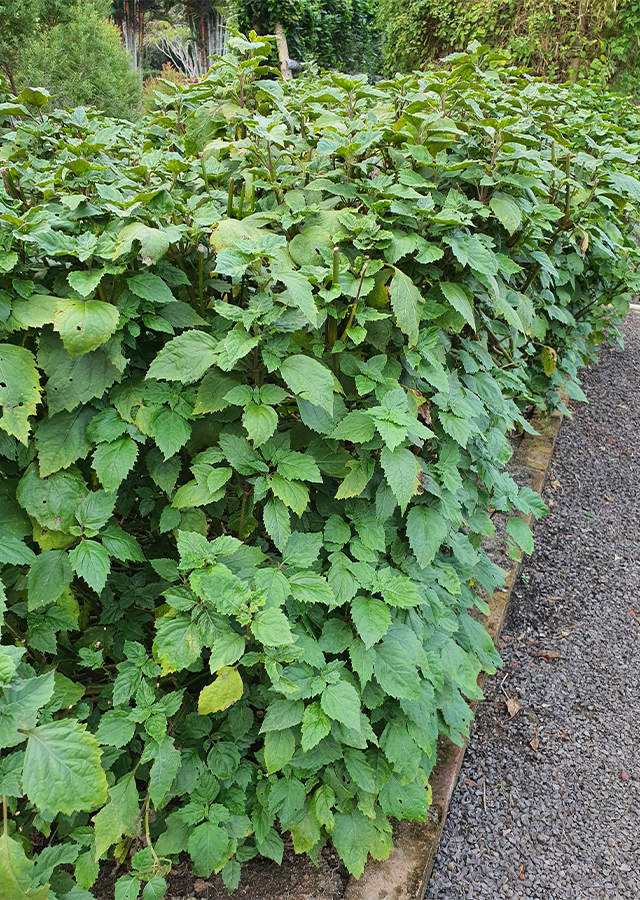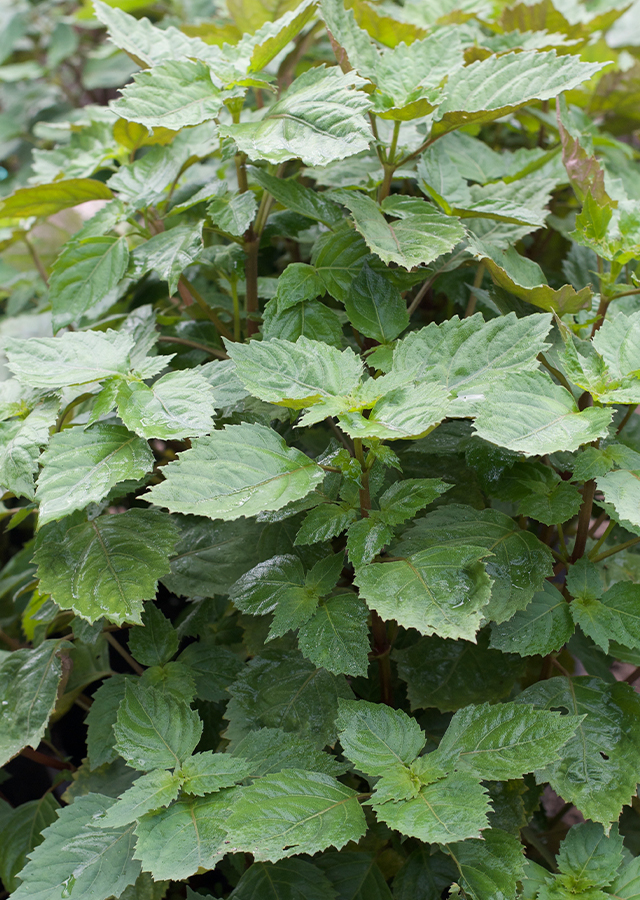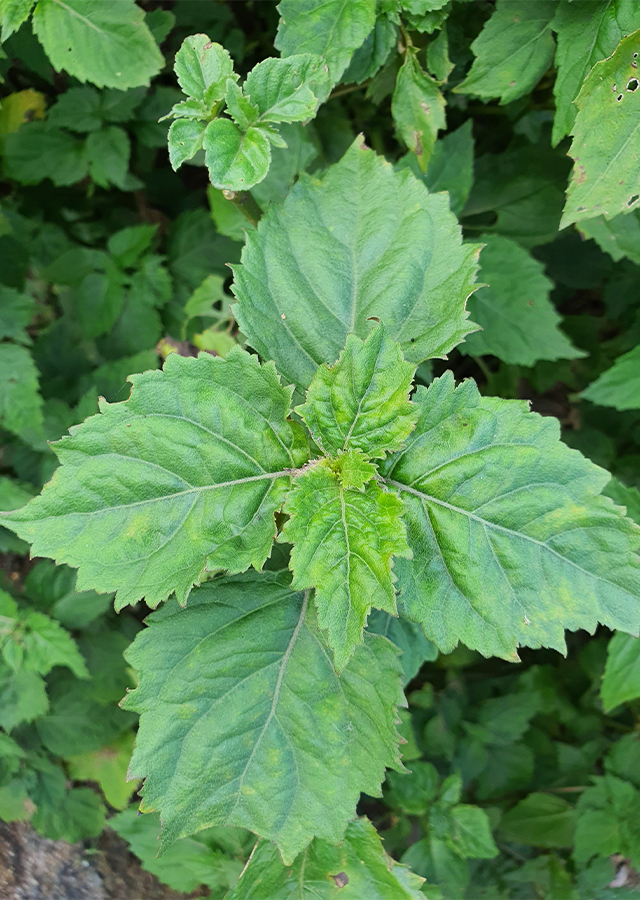Traditional Herbs from Pogostemon cablin
making_oil_nilam_sick_head_and_power_hold_body
- Take 1-2 kg of patchouli leaves and stalks aged 6-8 months, the stems are brownish green and the leaves are dark green. Wash with running water, dry in the sun for 5 hours/day for 2-3 days then chop \u00a015-20 cm then distill by steaming in the method as below this.
body_odor remover
- Boil 100 g of fresh leaves in 10 \u2113 water for 15 minutes.
- After warm, use for bathing.
What is Pogostemon cablin Looks like??



Parts of Pogostemon cablin that could be used
- Leaf
Pogostemon cablin Distribution
Patchouli originates from the Philippines or Peninsular Malaysia. In Indonesia, patchouli production centers are in West Sumatra, Bengkulu, North Sumatra and Aceh. Patchouli has long been used in traditional Asian medicine, especially China, India and Arabia. Aceh patchouli is widely cultivated, because its oil content is quite highAgroecology of Pogostemon cablin
Grows in low to medium altitudes between 1,000-2,000 m above sea level. Grows well in areas with daily air temperatures of 23-28°C, annual rainfall of around 2,200-2,600 mm/year. Requires full sunlight, fertile and moist soil with a pH of around 6-6.5 and has good drainage.
Morphology of Pogostemon cablin
- The fibrous roots are fragrant and grow along the ground.
- Woody stems with a diameter of about 10-20 mm, about 20-40 cm long.
- The leaves are oval to elliptical (oval) and resemble heart, serrated edge. The size of the leaves is around 5-10 cm, green, thin and not stiff.
- Flowers grow at the end of the stalk, in clusters and have a characteristic purple color reddish.\u00a0
Cultivation of Pogostemon cablin
- It is propagated vegetatively using stem and branch cuttings. The stem or branch taken for cuttings is 0.8-1.0 cm in diameter, the cuttings planted are 10-20 cm in size and have at least three or four buds.
- Seeds Patchouli can also be in the form of shoot cuttings which must be sown first in polybags and covered.\u00a0
Pogostemon cablin, more details :
Chemical Content of Pogostemon cablinSaponins, flavonoids, tannins, glycosides, terpenoids, steroids, essential oils, rosmarinic acid, phytosterols, organic acids, lignins, alkaloids, glycosides, patchouli alcohol, α-patchoulene, βpatchoulene, α-bulnesene, seychellene, norpatchoulenol, pogostone, eugenol, pogostol.�
Benefits of Pogostemon cablin
Medicine for headaches, diarrhea, dysentery and boils, anti-rheumatic, treats fever, maintains kidney health, improves bowel movements, increases immunity, treats acne, eliminates body odor.
Simplisia of Pogostemon cablin
Not available
Another Facts for Pogostemon cablin :
Synonym of Pogostemon cablinMentha auricularia� Blanco, Mentha cablin� Blanco, Pogostemon battakianus� Ridl.
Habitus of Pogostemon cablin
Bush. Annual upright shrub, reaching 50-150 cm high
Habitat of Pogostemon cablin
- Mainland
No comments:
Post a Comment